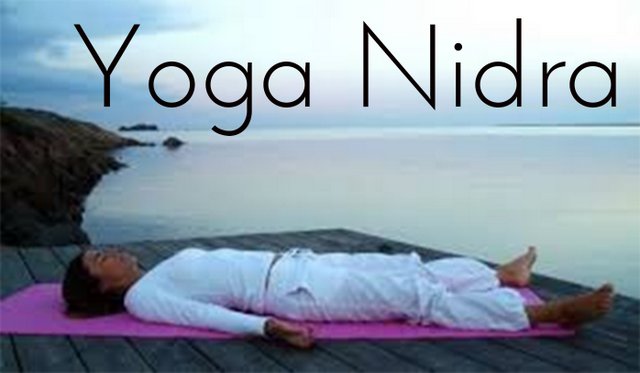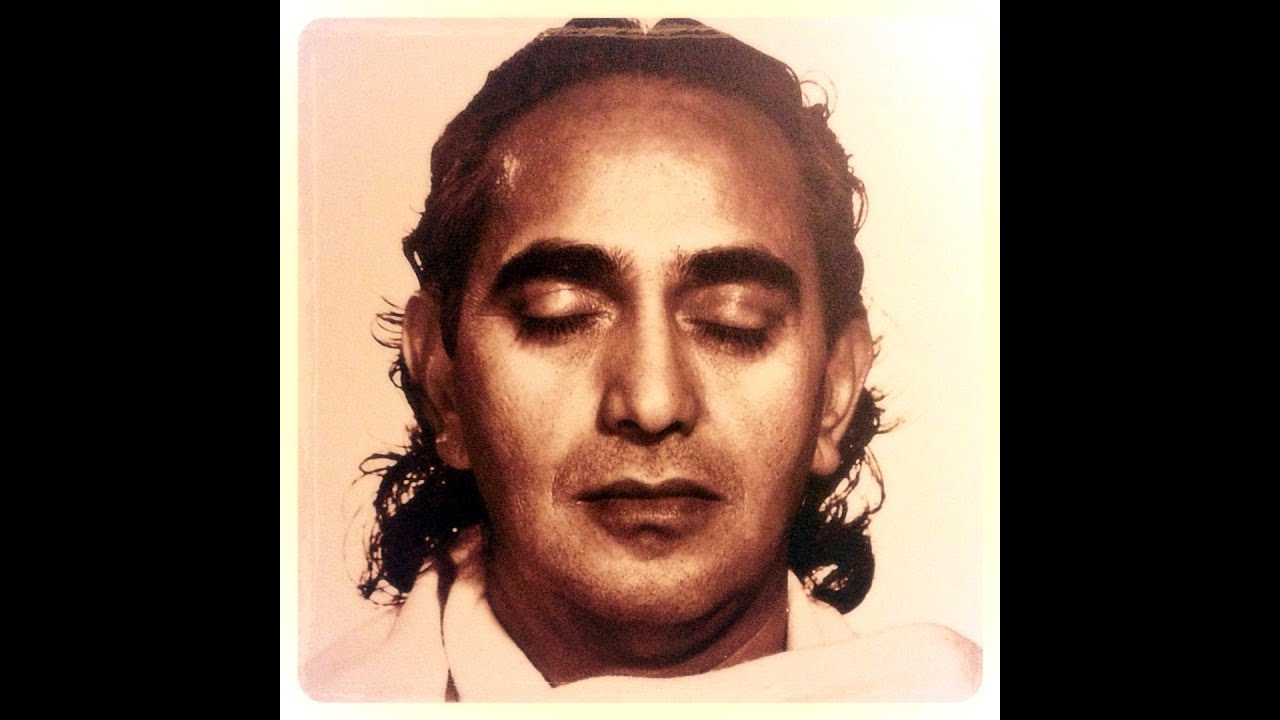Learn Yoga Nidra in Simple Steps | Yoga for Relaxation
Learn Yoga Nidra in 10 Simple Steps | Yoga for Relaxation
Yoga Nidra has come from the tantric texts of Yoga. And is a way to learn conscious relaxation via specific cognitive and somatic control. It is a quiet and internal form of yogic practice where the practitioner usually lays down in corpse pose (shavasana) and carries out a series of mental visualizations with regulated breathing to achieve a state of deep relaxation with the mind awake and alert, while the body relaxes completely. Best looked at as a state of “body sleeping mind awake” where complete emotional, mental and physical relaxation is achieved far beyond the value of regular sleep. Yoga Nidra could be regarded as a super charged state of relaxation. That invigorates the entirety of your being in a relatively short space of time.
There have been numerous studies carried out on the benefits of Yoga Nidra, and in particular this yogic practice has been shown to:
- Lower stress levels (salivary cortisol) effectively.
- Increase the immune response due to lowered cortisol levels.
- Activate alpha brain waves responsible for increased cognitive function (creative and logical).
- Be of particular benefit to people suffering from Post Traumatic Stress Disorder (PTSD).
In a rapidly expanding world of technology, opportunities and stimulus it takes discipline to actually say “no” and to let the mind and body relax, rest and regenerate. The modern lifestyle that promotes al always “up” approach to work, personal life and even holidays is not only impossible to maintain; as with any natural system there are always ebbs and flows; it is dangerous to your health and sanity. By utilizing the methods of Yoga and in particular the internal practices of Yoga Nidra (among other extremely applicable techniques), you will have the internalized knowledge of how to maintain calmness in the midst of chaos. And respond to the external environment more effectively and efficiently with salient mind, relaxed and ready to adapt to anything life throws in your direction.
This being said, the techniques need to be learned and then practiced in a regular way. The positive for this is that as you go to sleep you can set aside thirty to forty minutes to practice and enhance the actual sleep you will have afterwards. You may even find that you begin waking up earlier in the morning, and with more energy, mental clarity, and motivation.
Check: 200 Hours Yoga Teacher Training in Rishikesh
So here are some basics for you to begin your Yoga Nidra initiation:
1) Allow 30-40mins for the practice.
2) Set yourself up in a quiet space and create an intention for your practice. Be it to feel more calm, have more energy, release emotional baggage or just to de-stress. It can be as specific or as broad as you like.
3) State mentally to yourself where you feel the safe “zone” in your body, where your maximum strength and resilience lay. And use this as a reference point on your Yoga Nidra practice map, so that you may return here whenever you need to restore a feeling of strength and peace to your body and mind. If you don’t feel like you have this place, then just use your attention to follow the peaceful and slow breathing you will engage in during the practice. There is no expectation of a result in the practice, just the action or karma of the practice.
4) Lay down on either a yoga mat or a mattress so that you’re comfortable.
5) Ensure the room is dimmed and not too bright for allowing the mind to relax more easily.
6) Lay on your back, spine lengthened, palms facing upwards, chin gently tucked inwards.
7) Close your eyes and let go of the tension in your hands first.
8) Now move your attention from the hands to the arms, relaxing each muscle in a wave.
9) Let your shoulders and neck muscles go heavy and relax down towards the floor.
10) Begin to notice how each breath relaxes you even deeper, heavier and with more content.
11) Now move your attention to the muscles of the face, letting the cheeks and jaw relax.
12) Breathing slowly and moving your attention when you’re ready down, to the chest and relax.
13) Let all the muscles of your chest and abdominals go heavy and relax fully.
14) Notice with each out breath how the body relaxes and relaxes fully down.
15) Now notice your hips, letting them drop towards the earth heavily and easily.
16) Breathing long and slow, you relax more fully and easily.
17) Notice your legs dropping down towards the earth easily and relaxing fully.
18) All the way down towards your feet and toes you relate and relax easily and freely.
19) Now just continue breathing gently and deeply, enjoying this sense of deep relaxation.
20) Notice the breath fall and rise, there is a still point in this flow at both ends of the breath. Let your mind take rest here in the stillness at the end of each breath.
21) Let yourself flow with the breath and any thoughts or cognitions that come through the body or mind are just clouds in the open sky. The same goes for feelings and emotions. Just observe them like the sun shining its rays of light through the atmosphere and down onto the earth.
22) Continue to notice the joy of just being still and wholly alive in each temporal moment.
23) Notice any and all sensations that flow through consciousness as a part of the temporal and transient movement of karma.
24) Let your body and breath become aligned as you just observe without any comment, the goings on here.
25) Continue to observe the breath, the stillness, the movement of mind and emotions. Notice everything like you were just the sun shining down on yourself and all these temporal moments, with open loving awareness.
26) Continue for as long as you like or are able to contuse the observational practice.
27) When you are ready, very slowly, begin to wriggle your fingers and then your toes. Then move slowly to the hands and feet, clenching and spreading the joints, muscles and tendons, feeling the movements with full awareness.
28) Move the feet and hands slowly in circles, first in one direction, then the other. And enjoy observing how awake your body and mind are becoming as one unified relaxed whole.
29) Bring your awareness to the hips and abdomen. And slowly rock and roll your pelvis and lower back in circles or figure eights on the floor. Feeling and observing and enjoying each subtle motion.
30) When you are feeling ready slowly raise your hands together and rub them to create some warmth, then place them over the eyes and enjoy the sensations of warmth there, while continuing to observe the breath slowly coming in and going out.
31) As you feel more and more awake and energized, gently roll to one side by bending the knees and rocking towards your preferred side. Support your head on a pillow, blanket or your arm folded beneath.
32) Now smile and keeping your awareness on the original intention for this practice just observe how your body feels. Thank your body and mind for engaging so thoroughly in this practice. And thank your highest self, the universal and limitless consciousness for the opportunity to enjoy this deep tantric practice of relaxation.
There are many online sources for videos and audios that are excellent for assisting the progression into Yoga Nidra. As a state it is the wakeful and aware sleep of uniting all of yourself with the higher and all-encompassing part of yourself. You only need to engage a slight effort in the practice. Not too much as a militant, and not too little as a sloth that may fall from its tree and get eaten by the jaguar. The balance of attention and relaxation is what we are seeking in the practice. And ultimately it is better to err on the side of relaxation than adding more stress to yourself.
Enjoy the practice and Om Mani Padme Hum – May all beings be free and happy!
Namaste !!
By Thomas Clayden Eckersley B.H.Sc


